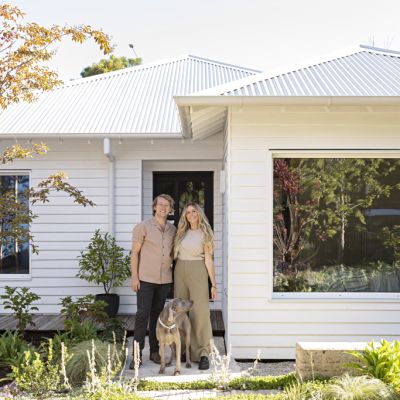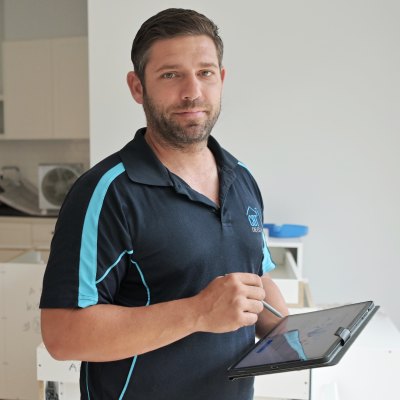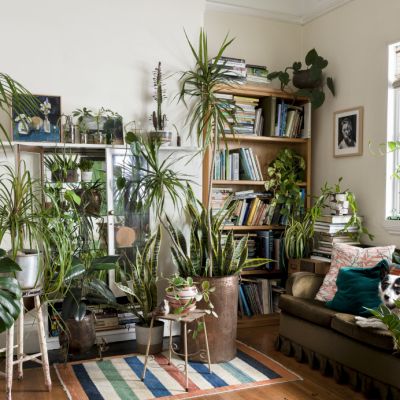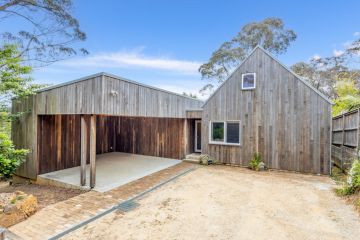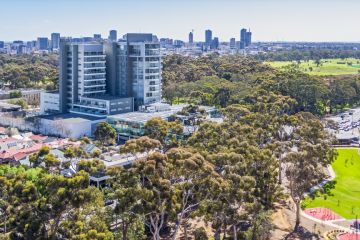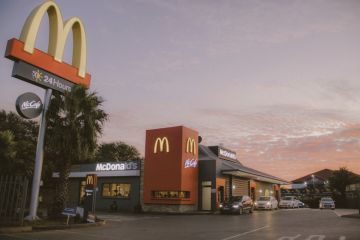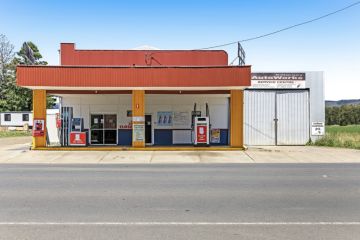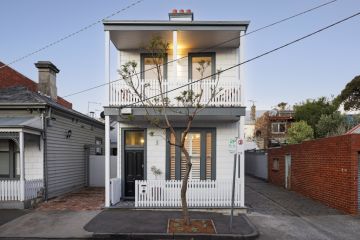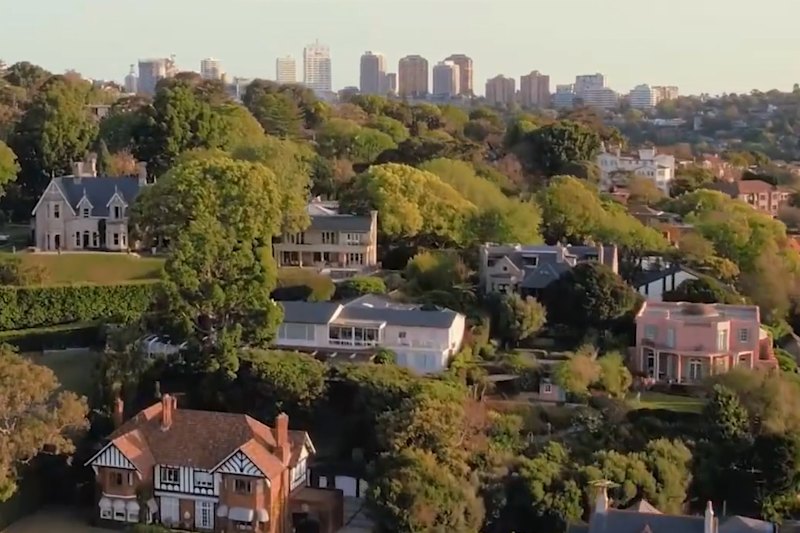How these CoeLux artificial skylights could change our homes
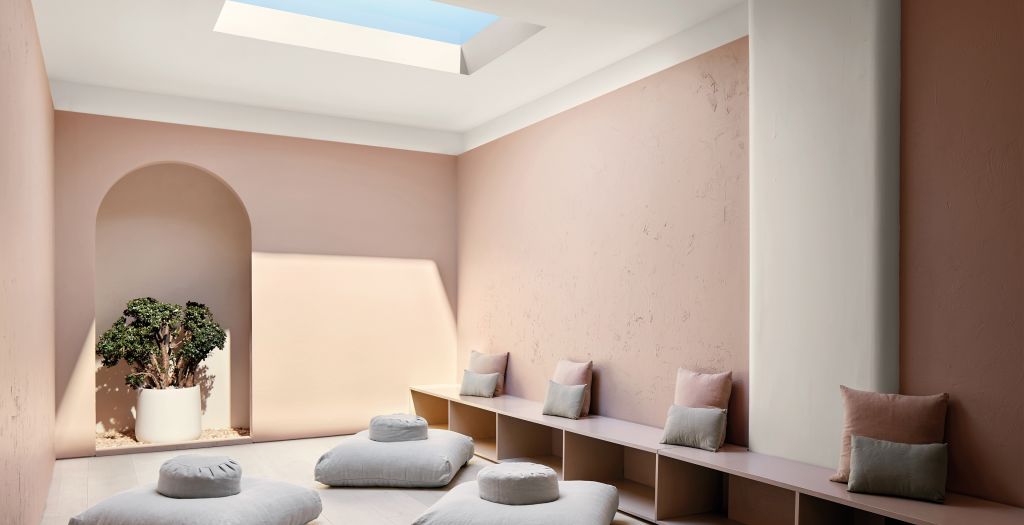
Anyone who’s lived in a dark home or worked in a windowless office knows the huge impact natural light, or a lack of it, can have on the look and feel of a space.
Beyond aesthetics, exposure to sunlight can affect our moods, sleep cycles and even – according to recent research by Monash University – our mental health.
But despite being freely available outside, natural light can prove frustratingly elusive indoors, where we spend more than 90 per cent of our time.
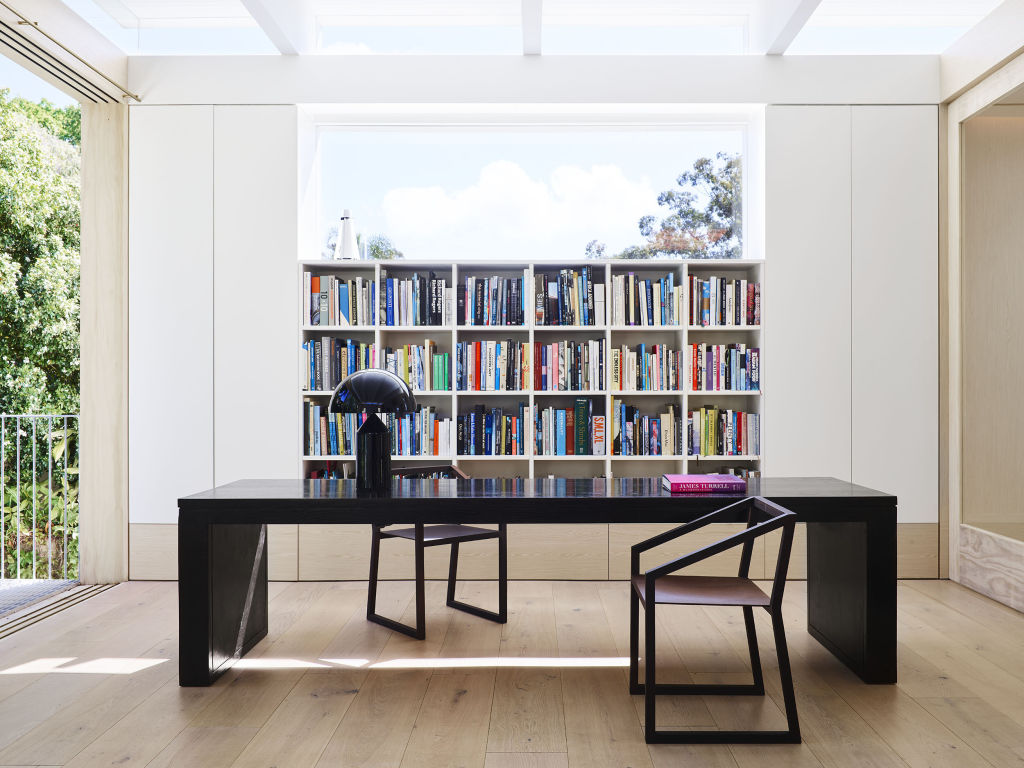
For Andrew Cliffe, founder and director of Sydney-based interior design studio The World Is Round, capturing and complementing the sun’s light is vital to creating a perfect interior space.
“It’s probably the most important component of what we do,” he says. “Obviously, function is important and making sure that a space works, but how a space feels is ultimately about how it’s lit.”
While sunlit interiors are ideal, there are some spaces – think basements, internal rooms or the depths of a south-facing apartment – where the sun simply doesn’t shine. To the delight of designers like Cliffe, evolving technology offers a potential solution.
Founded in 2009 by Professor Paolo Di Trapani, a physicist at the University of Insubria in Como, Italy, CoeLux is at the forefront of developing lighting products that mimic the sun’s natural glow.
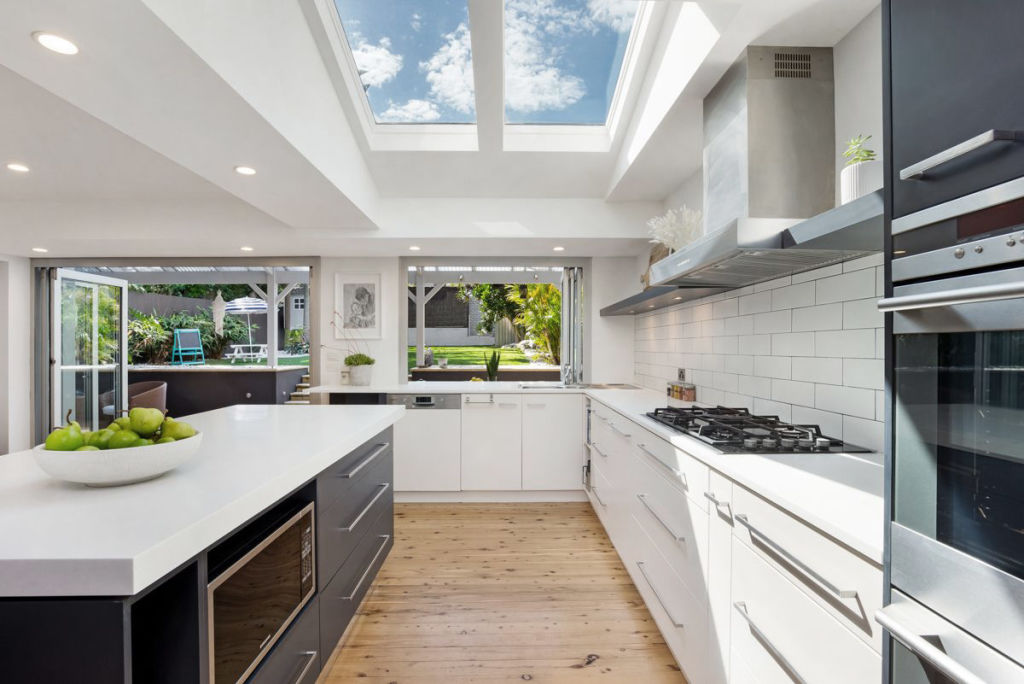
Using nanotechnology to replicate the effect of the atmosphere on the sun’s rays (a phenomenon known as Rayleigh scattering), the company has created a range of artificial skylights that look much like the real thing.
“If you’re in a room with a CoeLux fitting, you perceive the sun and sky, and as you move through the room, your perception of the sun kind of moves with you. It’s a really bizarre effect,” says Douglas Frost, head of lighting at design store dedece.
“When we bring architects and designers in for the first time, they’re just blown away.”
CoeLux’s Australian retailer, dedece, which also imports high-end brands like Kreon, Minotti and Paola Lenti, has worked with architects and interior designers to integrate the “skylights” into homes and commercial buildings around the country.
They’ve been used to light apartments, underground gyms and yoga studios, internal spaces within large houses, lobbies of inner-city office buildings, and even a garage.
“It’s that potential for, wherever you can’t get natural light, to have something that’s still comfortable and not claustrophobic,” says Frost. “For a lot of people, it will give them more flexibility and more options when they’re looking at a house.”

In Europe, CoeLux products have also been used in places such as hospitals and healthcare facilities to create a more comfortable patient experience.
An early adopter of the product in Australia, Cliffe has used CoeLux in several projects, including a music recording studio, and sees many possible applications for the technology, from highlighting art to bringing light into multi-storey terraces.
“I think as time goes on, the technology will get better and better and cheaper and cheaper and you’ll start to see it used more widely,” he says.
“We’ll be able to bounce light around a space that you wouldn’t have been able to bounce around previously … that’s going to potentially change the way that a house is planned.”
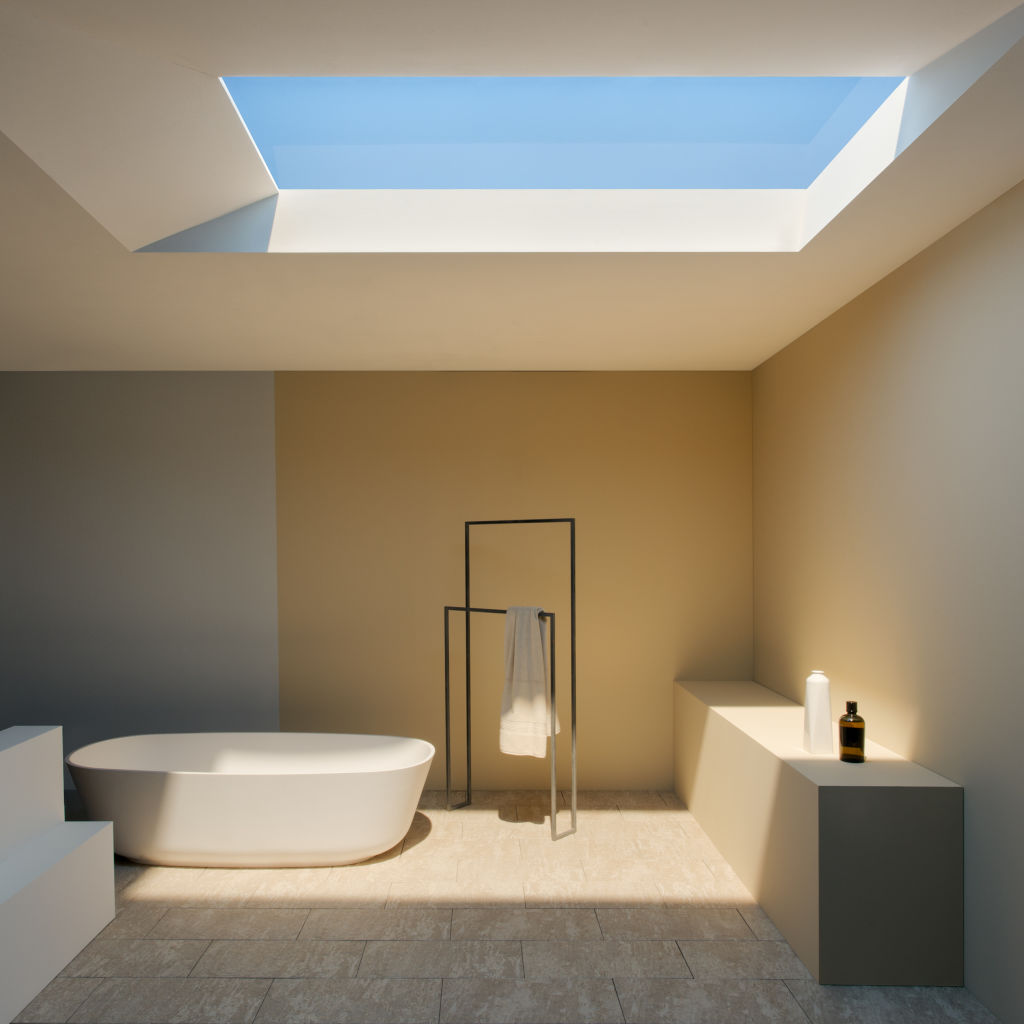
One of several artificial skylight brands available in Australia, CoeLux comes in a range of sizes, with ‘Smart Sky’ versions available that allow you to change the brightness and colour temperature of the lights to reflect different times of the day.
“You can program it to work with circadian rhythms, for instance,” says Frost.
With prices starting at $6290, Frost describes CoeLux as a premium product but says he looks forward to seeing a “trickle-down” effect over time.
“Like any technology, it always starts at the top end – what gets introduced in a Ferrari finally makes its way down to a Fiat,” he explains.
“This type of technology, I think, will be fantastic in the future because it’ll mean that, with limited housing supply … what would’ve been a pretty awful space to be in can now be a really enjoyable, lovely space.”
We recommend
We thought you might like
States
Capital Cities
Capital Cities - Rentals
Popular Areas
Allhomes
More
- © 2025, CoStar Group Inc.
